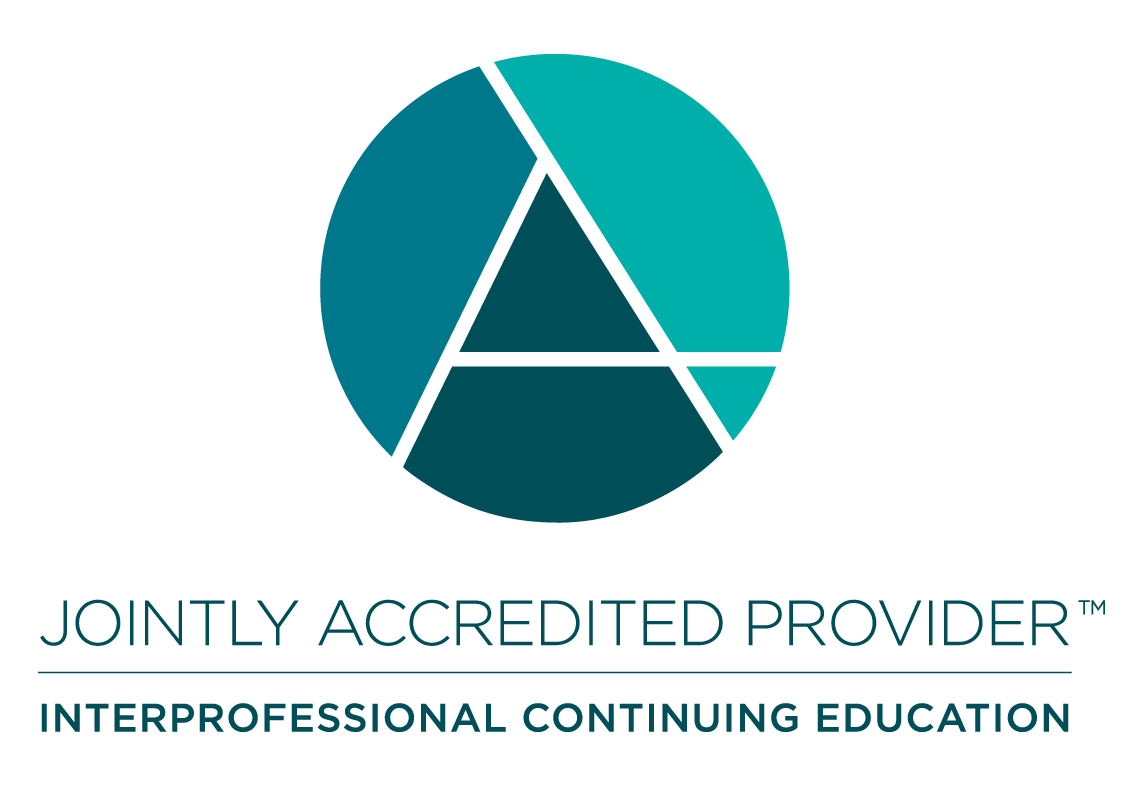University of Pittsburgh Health Sciences eLearning Environment Internet-based Studies in Education and Research
 INTRODUCTION
INTRODUCTION
 3/7/2024 Anesthesiology Journal Club - U.S. Attending Anesthesiologist Burnout in the Postpandemic Era
3/7/2024 Anesthesiology Journal Club - U.S. Attending Anesthesiologist Burnout in the Postpandemic Era
 QUIZ
QUIZ
 EVALUATION
EVALUATION
 CERTIFICATE
CERTIFICATE
Credit Hours: CME 1.00
Anesthesiologists and anesthesiologists-in-training and other anesthesia professionals, nurse anesthetists and anesthesia assistants.
Upon completion of this activity, participants should be able to:
- Identify the prevalence of workplace burnout amongst anesthesiologists
- Identify risk factors for workplace burnout
- Identify interventions for addressing workplace burnout
Suggested Additional Reading
- World Health Organization:Burn-out an“occupational phenomenon”: International Classification of Diseases. World Health Organization (WHO). 2019. Available at: https://www.who.int/news/item/28-05-2019- burn-out-an-occupational-phenomenon-internation- al-classification-of-diseases. Accessed December 15, 2022.
- West CP, Dyrbye LN, Shanafelt TD: Physician burn-out: Contributors, consequences and solutions. J Intern Med 2018; 283:516–29
- Afonso AM, Cadwell JB, Staffa SJ, Zurakowski D, Vinson AE: Burnout rate and risk factors among anesthesiologists in the United States. Anesthesiology 2021; 134:683–96.
Joint Accreditation Statement:

In support of improving patient care, the University of Pittsburgh is jointly accredited by the Accreditation Council for Continuing Medical Education (ACCME), the Accreditation Council for Pharmacy Education (ACPE), and the American Nurses Credentialing Center (ANCC), to provide continuing education for the healthcare team.
The University of Pittsburgh School of Medicine designates this enduring material activity for a maximum of 1.0 AMA PRA Category 1 Credit™. Each physician should only claim credit commensurate with the extent of their participation in the activity.
Other health care professionals will receive a certificate of attendance confirming the number of contact hours commensurate with the extent of participation in this activity.
No relationships with industry relevant to the content of this educational activity have been disclosed.
No relationships with industry relevant to the content of this educational activity have been disclosed.
No planners, members of the planning committee, speakers, presenters, authors, content reviewers and/or anyone else in a position to control the content of this education activity have relevant financial relationships to disclose.
This activity is approved for AMA PRA Category 1 Credit™
The University of Pittsburgh is an affirmative action, equal opportunity institution.